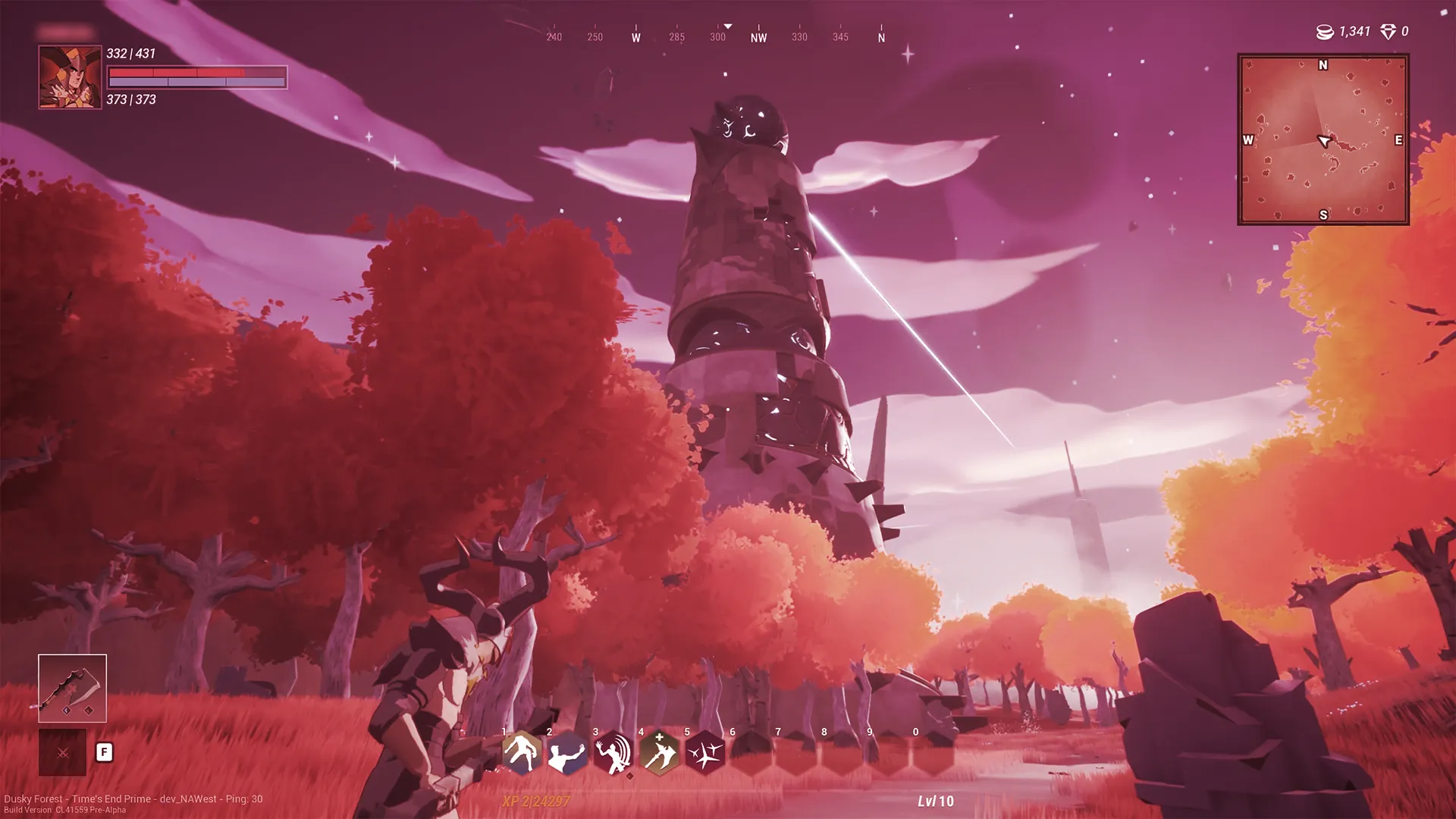Decentraland and Zynga alum Thor Alexander wants to change the narrative around NFTs in the video game industry.
As the executive producer of upcoming third-person multiplayer roleplay game “Big Time,” Alexander is passionate about making the title feel like a “second-generation crypto game” that goes beyond the 2D experience of a play-to-earn title like “Axie Infinity,” which fell out of favor this year after facing falling token prices and a massive $622 million hack.
“Big Time” has to be different.
“One of our most significant challenges has been introducing traditional gamers to our idea of Web3,” Alexander told Decrypt via email. “So many of them had early experiences with NFTs that ended up being rugs/scams, which left a bad taste in their mouths.”
“Big Time” is currently in early access development and only available to select ambassadors and creators as well as buyers of its VIP Passes, which can cost upwards of $4,500 depending on the tier purchased.
A Gold Standard
As executive producer of “Big Time,” Alexander is focusing a lot on developing its in-game economy.
“That’s one of the largest next stages,” Alexander said, adding that “there is no set timeline” for when the game will exit its current development stage.
“Big Time is currently in early access co-development with our community," he wrote. "When they tell us the game is ready we will open it up to more users."
Alexander has been working in the video game industry since 1992, cutting his teeth on a number of different titles like “Medal of Honor” and “Ultima X” for Electronic Arts for seven years before collaborating with Marc Andreessen and Ben Horowitz on Metaplace. The social game company was then sold to Disney, and Alexander went on to Zynga to work on the now-defunct “PetVille” and “CityVille,” to name a few.
“Big Time’s development process is a throwback to smaller games from the late ‘90s,” Alexander said. “We don’t have a massive budget or six years to build the game, so we borrowed development processes and design thinking that went into earlier MMOs and RPGs.”
When asked where he sees “Big Time” in a few years, Alexander is optimistic.
“We would like to see ‘Big Time’ serving as the gold standard for what NFTs and crypto can offer gamers and the game industry itself. Right now there is generally cynicism around first-generation crypto games.”
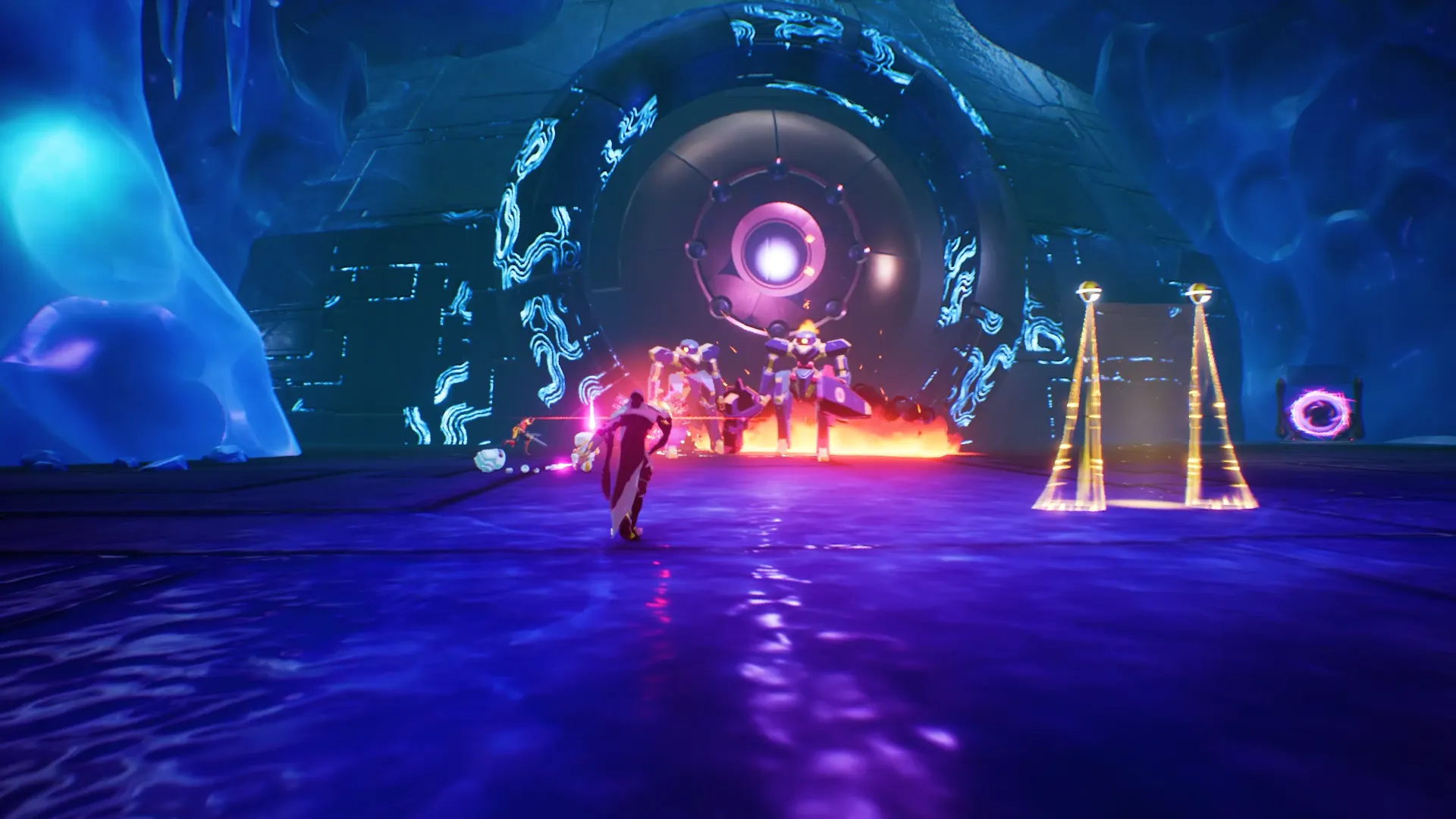
Gamers and Greed
The seasoned exec isn’t afraid of the army of NFT haters that seem to proliferate the traditional gaming space, calling all the backlash to crypto in gaming “a pretty normal reaction.”
“We saw a similar trend with early free-to-play (F2P) games where their thin nature allowed many to misjudge how things would play out. Fast forward a few years past ‘FarmVille' and the same core F2P mechanics powered huge mainstream gaming hits like ‘League of Legends’ and ‘Fortnite.’”
But why do some gamers hate NFTs specifically? Gamers think publishers are “greedy,” Alexander said, and see NFTs as the next way studios will be “coming for their wallets.”
Also, some gaming studios’ efforts to call their NFTs “digital collectibles” or other such euphemisms aren’t helping, Alexander said.
“Gamers are not easily fooled by marketing buzzwords. What we need to do is show them how NFTs can have a positive impact on games.”
“For years, players have been left feeling like they didn't get value for the money and time they spent in-game,” Alexander argued. “[Traditional] studios are juicing their players for every last cent, at the expense of the player experience.”
With player ownership thanks to Web3, things could be different—in the right hands.
“If done right, blockchain technology opens up the world for players, allowing them to truly own the assets they collect in-game,” he said.
First-Look Thoughts
When I logged onto “Big Time,” it felt like I was about to hop into a game of “Fortnite” or “Dauntless,” as the game’s aesthetic and user interface feels clean and seamless. It screams Epic Games Store material.
But I was also met with a visual disclaimer: “The game is a work in progress and you should expect to encounter unfinished, unpolished, or downright broken content along the way.”
Well, that’s certainly one way to manage expectations.
That said, I was impressed by the number of different servers the game already has online, despite still being in development. “Big Time” has servers in Los Angeles, New York, Tokyo, Seoul, Frankfurt, Hong Kong, Sao Paulo, and Singapore—an impressive range of locales comparable to a AAA Blizzard title like “Overwatch.”
Solid servers are the foundation for great games—and cause major frustration for players when they crumble (looking at you, “Apex Legends”).
The network latency of “Big Time”—which gamers colloquially refer to as ping—was good as well, ranging from 12-50ms in my Los Angeles-based test.
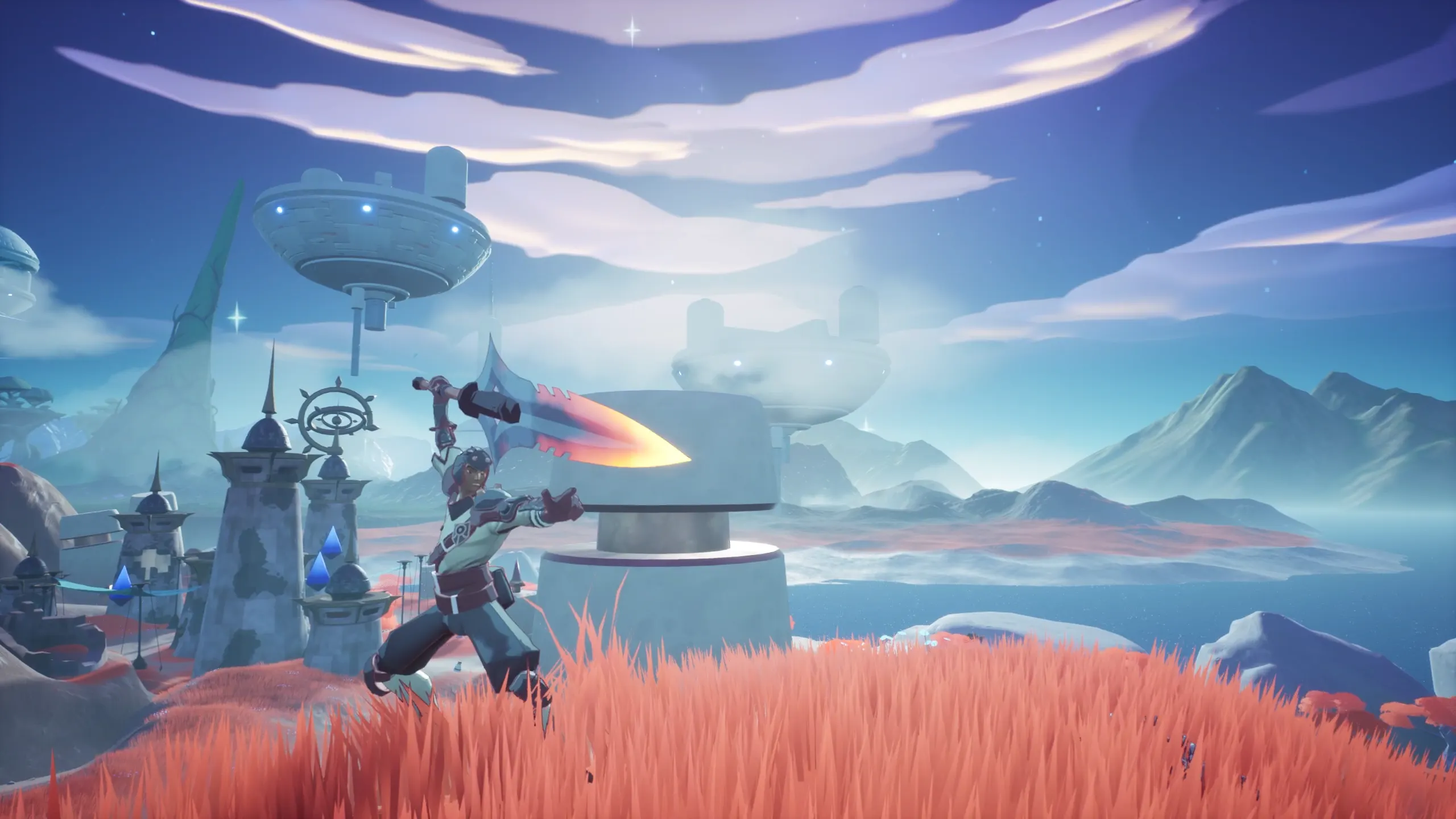
Why does ping matter? Well, low ping is essential for a smooth, enjoyable gaming experience, especially when you’re playing a multiplayer online game that involves hitting targets. It’s especially important for first-person shooter titles like “Call of Duty” and “Valorant” and RPGs like “Big Time” itself.
It’s not unfair to compare “Big Time” to these hefty Web2 competitors, considering Big Time Studios’ developers hail from Epic Games, Electronic Arts, Riot Games, and more. And back in May 2021, Big Time Studios raised millions in funding from the likes of FTX’s Alameda Research and Ashton Kutcher’s VC firm Sound Ventures.
“Big Time” had the spirit of “Dauntless” with an aesthetic similar to “Pokemon Sword and Shield” mixed with “Fortnite.” When it comes to fighting animations and killing enemies, the movements are smooth, satisfying, and require accuracy and forethought. It does feel like a proper RPG.
While the character model graphics are arguably simplistic, the environments look good. I imagine the game running well even on low-end PCs. On my souped-up gaming rig and 240hz monitor, the solo play experience was very seamless, but left me wanting a little more detail graphically speaking.
Alexander told Decrypt that Big Time Studios chose “a highly stylish look” implemented to “keep our art production under control.”
And fair enough—there’s something to be said for games that don’t over-invest in graphic detail so that users with cheaper PCs can actually enjoy the game.
Surprisingly, though, neither crypto nor NFTs played a part in my first hours of “Big Time” playthrough. If no one had told me, I wouldn’t have even known that it was a “crypto game.” So as it stands, the crypto economy of “Big Time” poses no threat to its gaming experience.
But higher-level players can embark on quests and dungeon runs that can earn them NFTs. Those can then be sold for anywhere from a few dollars to over $500 an item on the “Big Time” online marketplace.
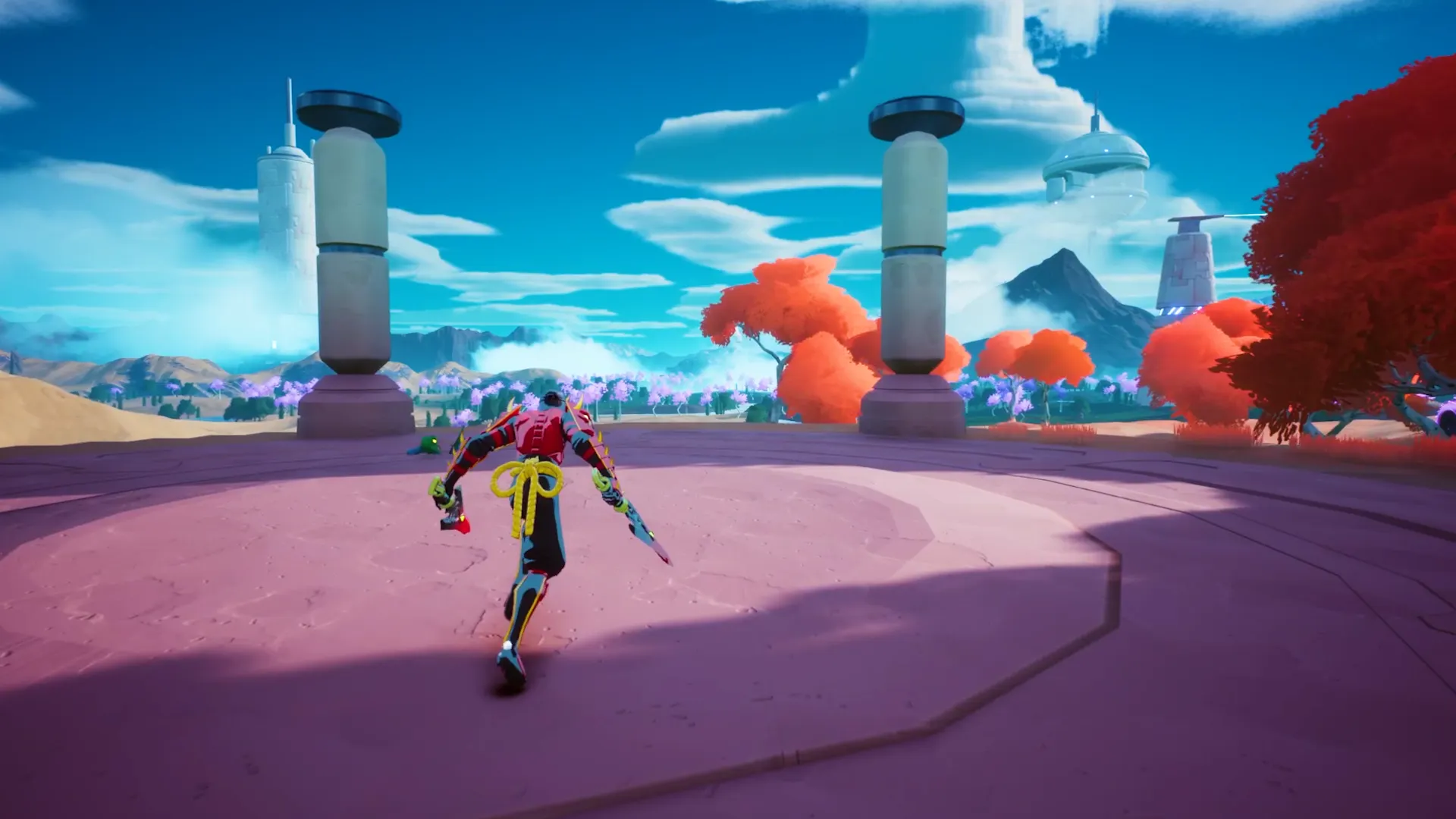
Room to Grow
While still in development, what do other gamers think of “Big Time” thus far?
Jonah Blake, Founder and Chief Gaming Officer of Web3 VC firm Game Fund Partners, thinks the title is off to a decent start but could still use some tweaks.
“I think they have the structure for a great game, but are early and lack the content filling needed to get traditional gamers to switch over,” Blake told Decrypt via Twitter DM.
“I would say the enemy variety is severely lacking, sound design needs improvement, and the raids feel grindy,” he elaborated. “The positive is the world design is extremely pretty and I think the story concept is compelling. It needs more time in the oven and likely more capital to move forward.”
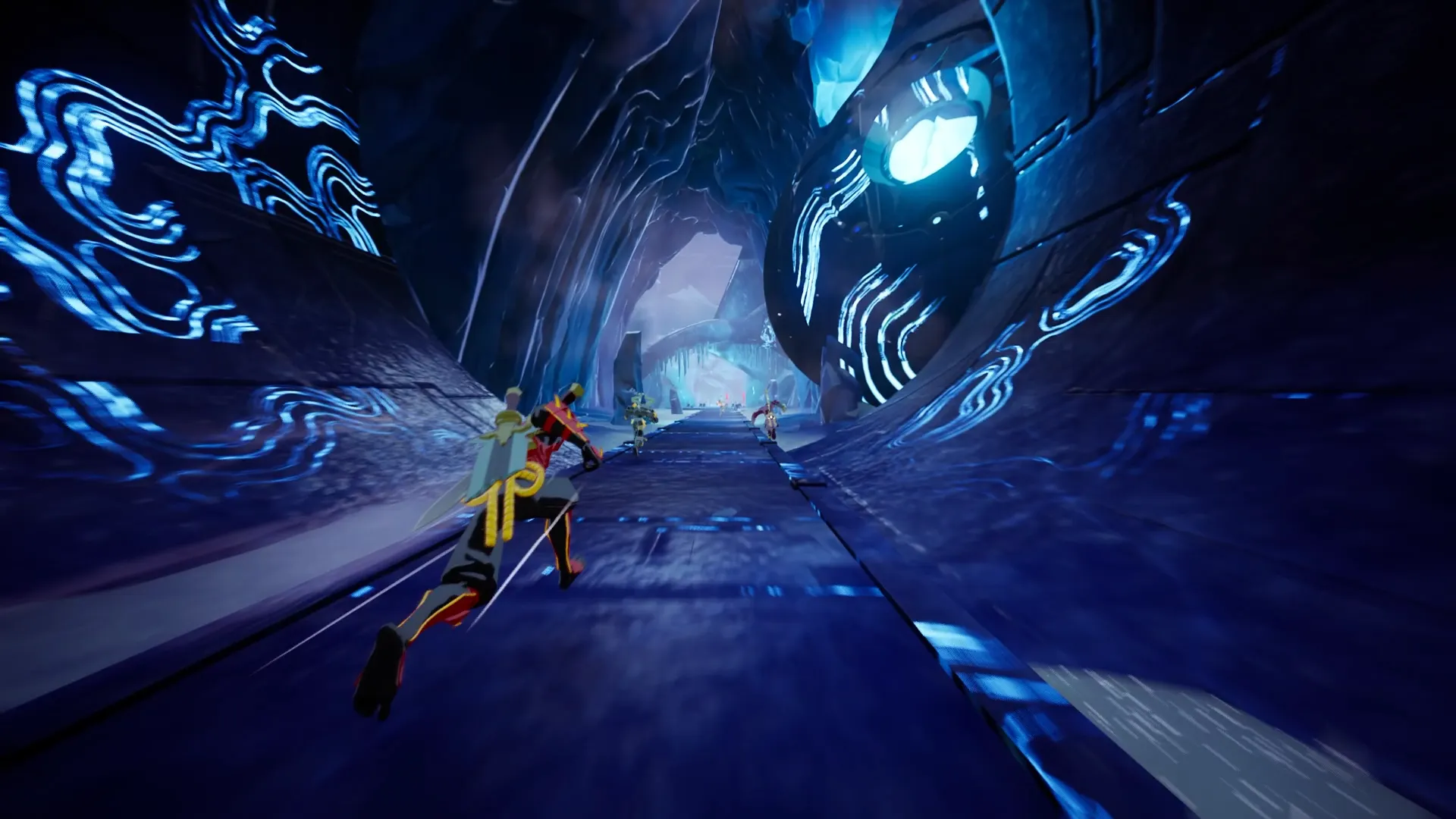
One early-access “Big Time” player who logged over 12 hours in the game with friends said he regrets his $20,000 purchase.
“Paid about 6 ETH for 3 Gold Passes which was near 20k at the time,” G.nft told Decrypt. “They advertised a model of playing to earn a limited supply [of NFTs] during Gold.”
But anyone who held onto their expensive Gold Pass saw decreased chances of a return on investment over time, G.nft said.
“The early investors/supporters that held the NFTs ended up being diluted. Gold pass was diluted because more than tens of thousands of NFTs were produced during the Silver, Jade and Ruby [Passes].”
As an early buyer, G.nft said he felt Big Time Studios “didn’t deliver” on promises.
In contrast, Web3 gaming content creator Brycent has had a more positive experience with “Big Time” so far.
“We are seeing a game create an ecosystem for incorporating non-Web3 gamers in innovative ways,” Brycent told Decrypt via Twitter DM. “I think that's powerful and with the right cultivation of storyline and lore, the game has a great chance to succeed.”

